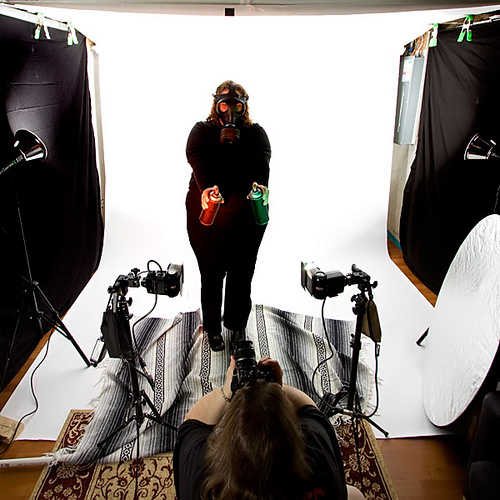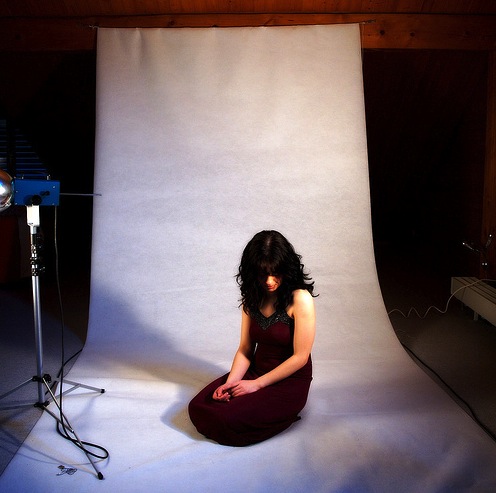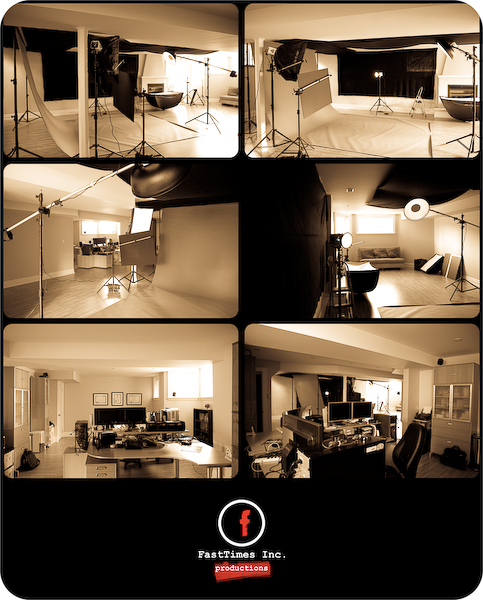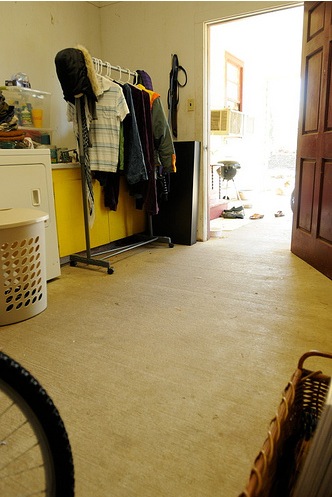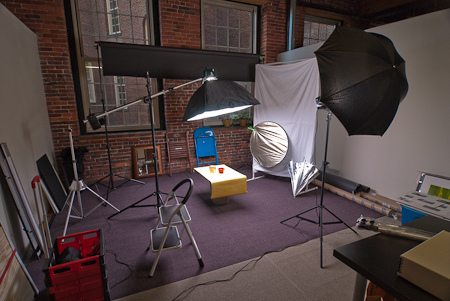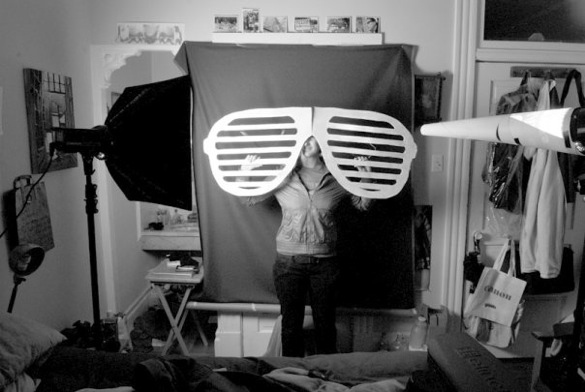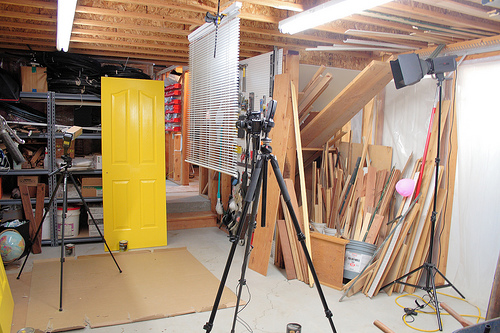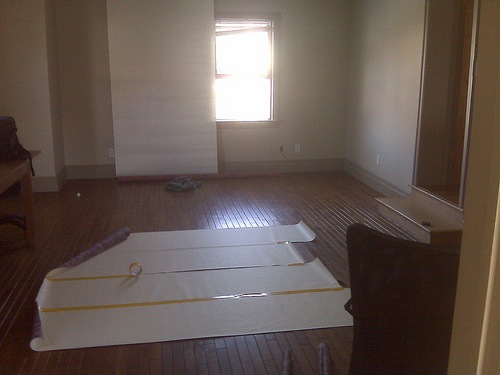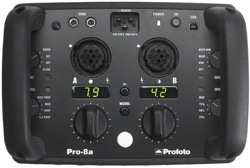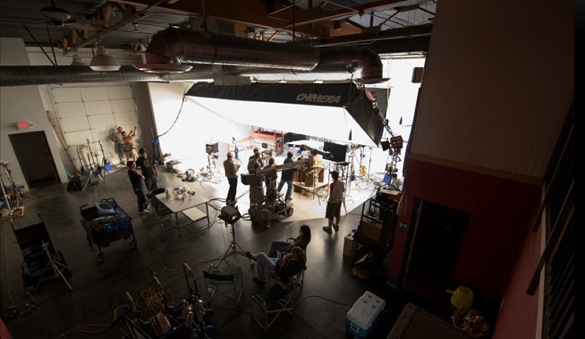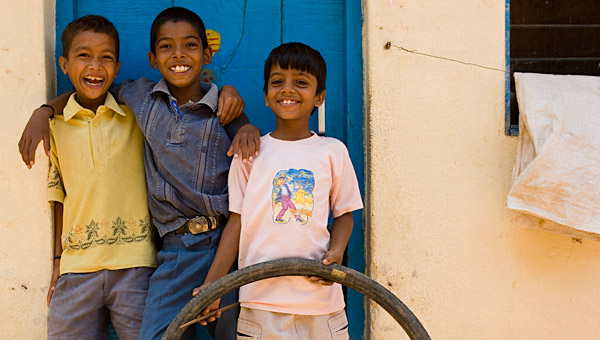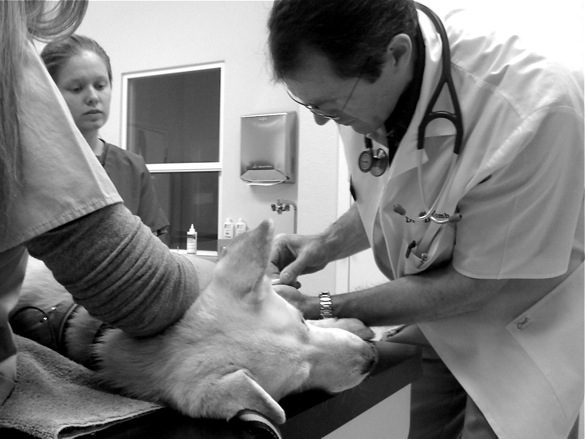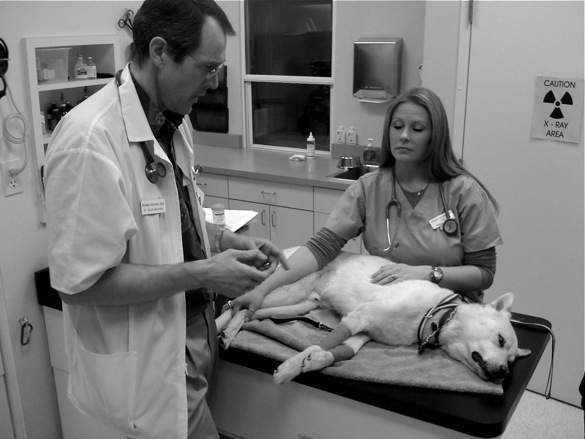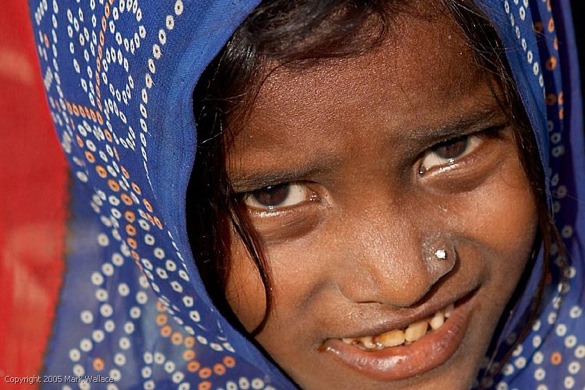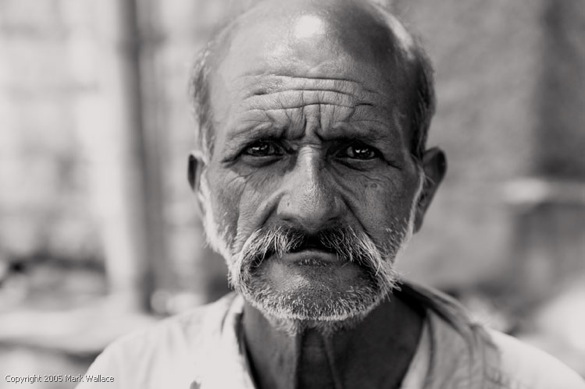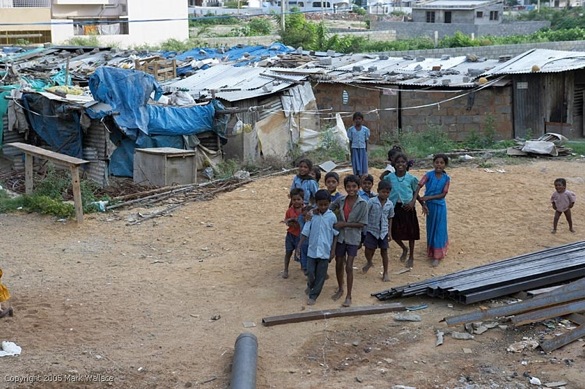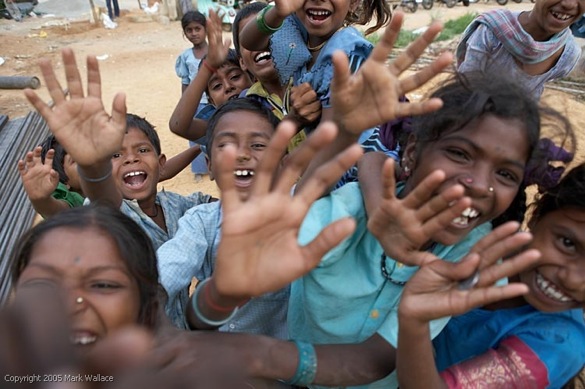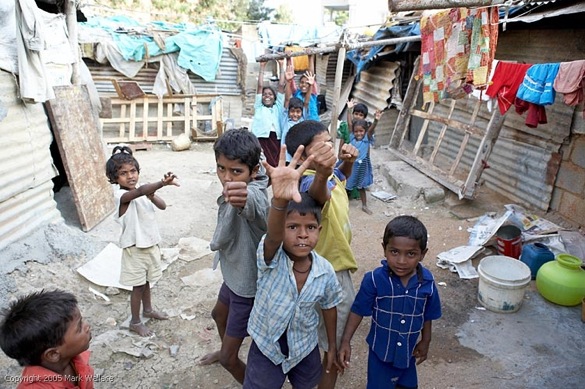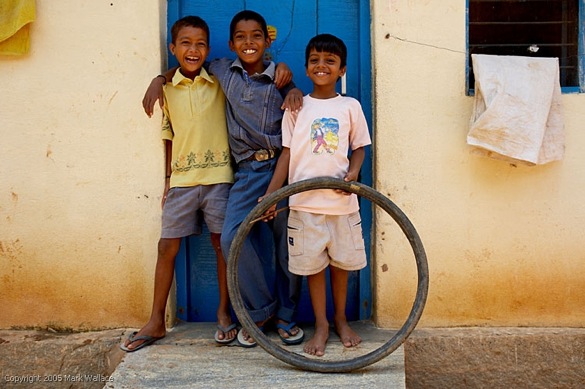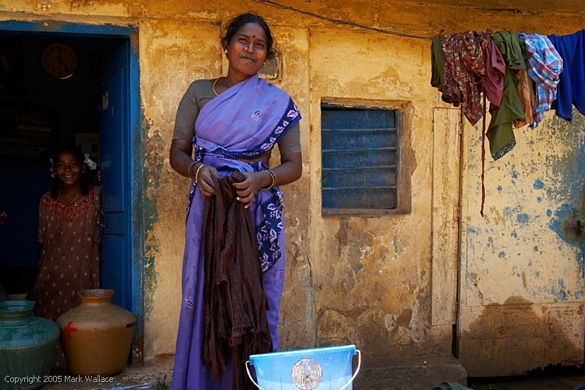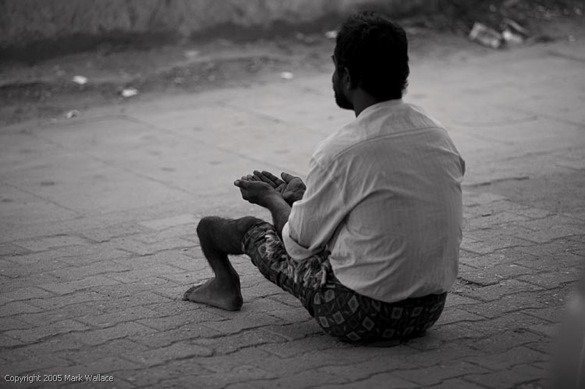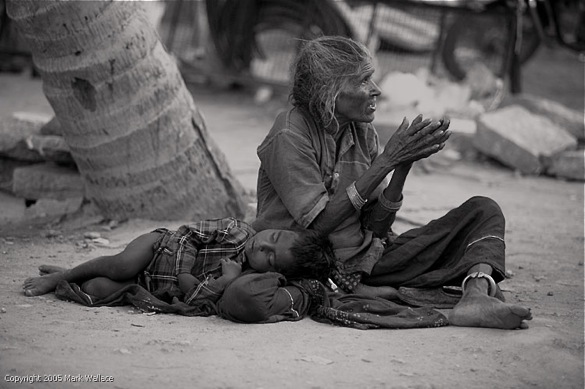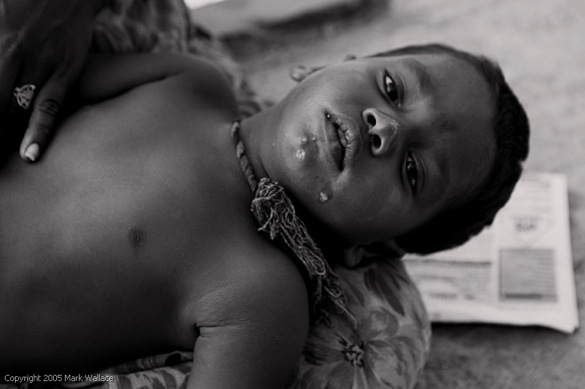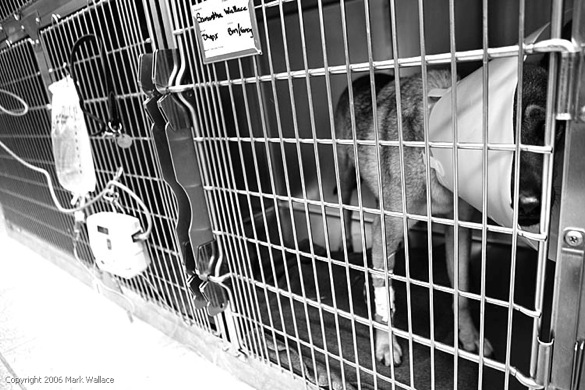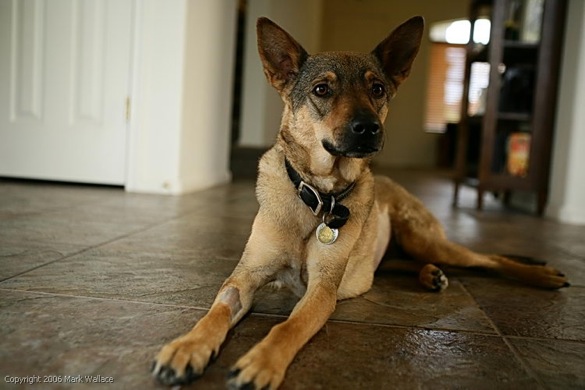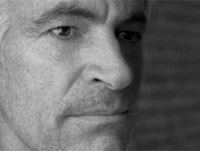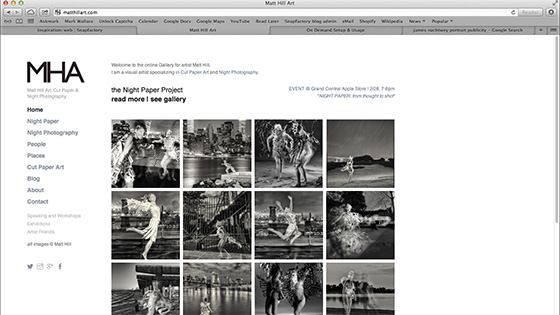I received a quick call from a client on Wednesday asking me if I could squeeze in a short shoot Thursday morning. The shoot was simple, some head shots of a few doctors shot to match some of their older headshots. Two softboxes, a muslin background, very straightforward and quick. Easy, right?
Doctors tend to be pretty busy and my client made sure to tell me that we were on a very tight schedule. One of the doctors had a speaking engagement at a different location at 12:00 and so we agreed that I’d arrive at 10:30 have everything set up by 10:45 and we’d be done with the first doctor by 10:50. We’d shoot everyone else after he was done.
This shoot was simple so I just jotted the time down on my calendar and then called my assistant to give her an update on the schedule change for Thursday. Since the shoot was close to the studio we’d just meet there and drive to the location together.
I usually send an e-mail confirmation to the client with the time and location and copy assistants, MUA, AD, or anyone else involved in the shoot. Since this shoot was so simple I skipped this step which would turn out to be a big mistake.
Somehow in the rush of the day I entered the information in my calendar one hour later than we’d agreed. When I called my assistant to go over schedule we agreed to meet at the studio at 11:00 and be on location by 11:30. Since the location was only 10 minutes from the studio I thought we’d be early…
Yesterday at 10:45 I got a call from my client asking me where I was. “You’re 15 minutes late and the doctor needs to be leaving soon. Are you close?” After realizing my mistake I quickly loaded all the equipment in my Xterra and drove like a mad-man to the location. I called my assistant on the way and told her to meet me at the location.
The problem was that my assistant didn’t know the location since I hadn’t sent her a confirmation e-mail. This easy step would have also let my client know that I’d scheduled the shoot incorrectly and allowed us to painlessly fix the mistake.
Lesson #1: Always send a confirmation e-mail.
When I arrived at the location, a large medical building, I realized that I had no assistant and less than 10 minutes to set everything up. My first challenge was trying to haul all the equipment by myself through the building and up the elevator to a conference room. I was hauling:
- 1 Profoto Pro-8
- 2 Heads
- 2 Softboxes
- 2 Speed rings
- 1 Background support system
- 1 Muslin background
- 2 C stands
- 2 sandbags
- An extension cord
- One rolling camera case fully loaded
- My MacBook Pro in a Crumpler bag
Luckily I have a dolly and I was able to put almost everything on the dolly and roll it with one hand while rolling my camera bag with the other. My laptop bag was slung over my shoulder.
After negotiating the elevator (it took three times to get the door to stay open long enough to roll everything in) I made it to the conference room.
The conference room was very small and had a large table with chairs around it. There was no room for anything. I only had about 30 seconds to figure out a solution. I quickly grabbed the chairs and started stacking them on the table (throwing might be a better way to describe it). That gave me just enough room to put up the background on one side of the table and the lights on the other.
Since the room was so small I actually had to stand in the hallway and shoot through the doorway.
Lesson #2: Maintain and inspect your equipment on a regular basis to avoid failure.
Once the background was up I started putting the lights together. The c-stands and the heads went up in seconds and then I started to put the softboxes together. While putting the second softbox together the speed ring popped into two pieces. The screws that hold the outside ring had come loose over time and allowed the speed ring to come apart. This was something I could fix in 5 minutes, but I didn’t have 5 minutes to spare.
The solution was to have my client hold the softbox in place while I shot the first doctor. He was in place and ready for his headshot. I quickly metered the light and thought the worst was over.
I took a quick test shot to show my client (who was still holding the softbox) just to make sure the cropping was what she needed. That’s when my CF Card failed. I had a doctor who would wait about 30 more seconds, my client holding my softbox, and a dead CF card.
Lesson #3: Always bring a backup.
Luckily I had another card in my pocket. I quickly swapped the cards, took the test shot, got the OK from my client and took the photos of the doctor before he dashed out of the room for his next appointment.
We had about 10 minutes until the next doctor was going to arrive so I called my assistant and gave her the exact location. She’d figured out which building we were in but had been waiting in the lobby for me to text or call her.
I also did a quick repair of the speed ring. I always have a Leatherman with me so it was easy to fix things up.
After the initial rush things settled down and we were able to get all of the photos with no further issues. The bottom line is that all of the chaos could have been avoided with one simple e-mail. No matter how simple the session you should always follow up with the client. Lesson learned.
